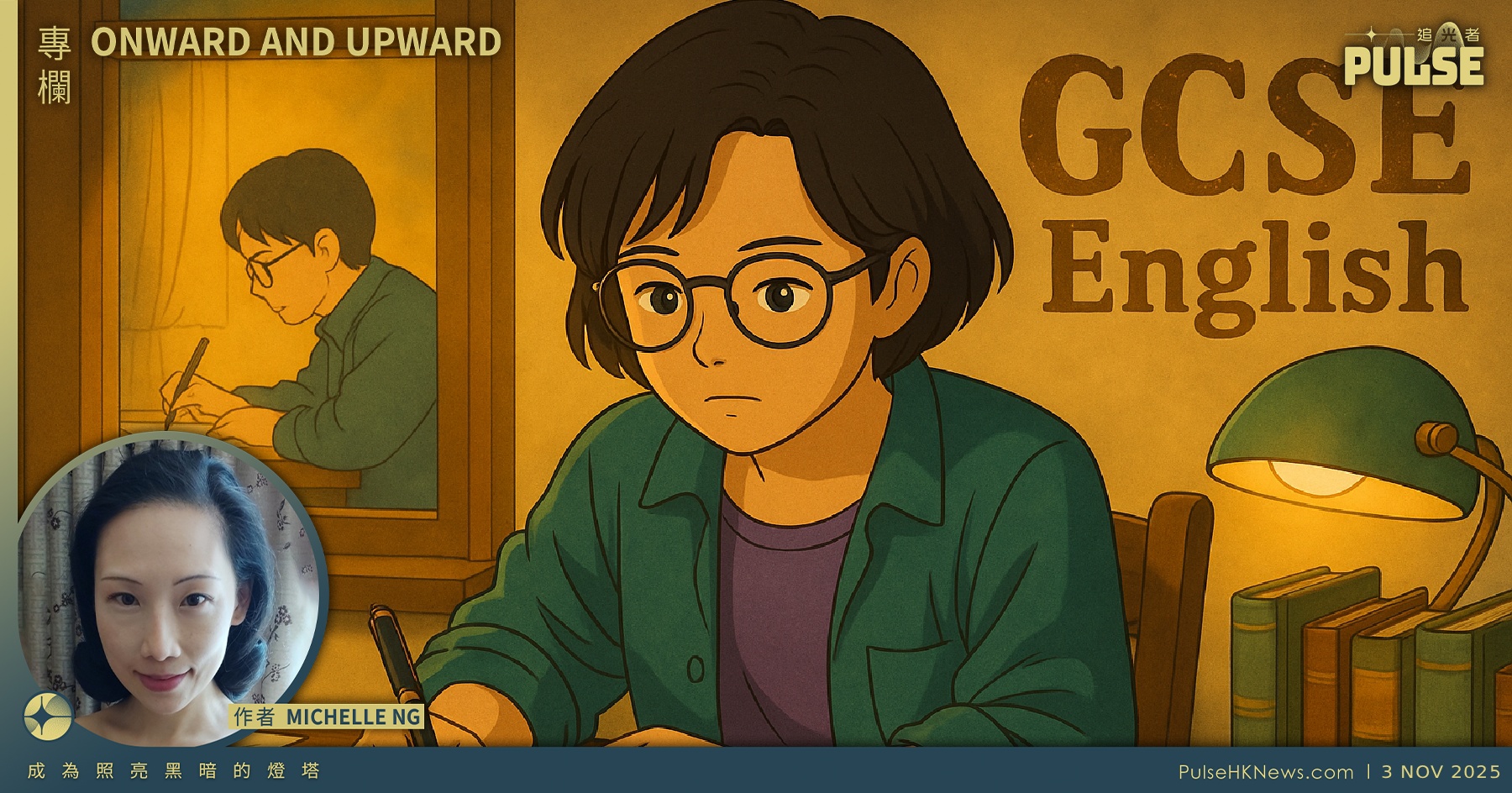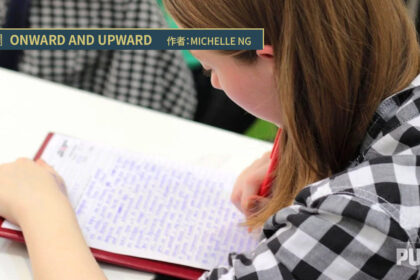The more I coach students on their GCSE English exam, the more I realize that the exam doesn’t only test students on their mastery of English. Success also hinges on how sharp their observational skills are.
Below are two responses to a reading comprehension question from a GCSE English past paper. The first consists of technically proficient sentences, yet it won’t earn a high score because the student failed to notice small details and draw conclusions from them. The second response – written by me – demonstrates exactly what the first student didn’t do. The difference is dramatic.
***
Question
How does the writer use language to describe eating Fantail sweets? Write at least 150 words
You could include the writer’s choice of:
- words and phrases
- language features and techniques
- sentence forms
Fantails came in a weird, blue packet shaped like an isosceles triangle with one corner missing. Each individual Fantail was wrapped in a piece of paper detailing a film star’s biography — hence the pun, fan tales. The Fantail itself was a chocolate-coated toffee so glutinous that it could induce lockjaw in a donkey. People had to have their mouths chipped open with a cold chisel. One packet of Fantails would last an average human being forever. A group of six small boys could go through a packet during the course of a single afternoon at the pictures, but it took hard work and involved a lot of strangled crying in the dark. Any fillings you had in your second teeth would be removed instantly, while children who still had any first teeth left didn’t keep them long.
***
First response
The author employs a rich lexicon to vividly convey the challenge of eating Fantail sweets. A central element of this description is the judicious use of “glutinous,” which effectively communicates the thickness of the toffee filling. This particular word choice is highly effective, as it immediately suggests a confection that demands a considerable effort to consume.
Furthermore, the writer escalates the sense of difficulty through an exaggerated image: suggesting that the toffee’s intractability is so severe it would necessitate a “cold chisel” to free one’s jaw. This manner of expression brilliantly underscores the strain of chewing Fantail.
***
My response
The writer first uses foreshadowing to prepare the reader for the strange experience of eating Fantails. Right at the outset, he points out that the sweet’s appearance is strange, noting that it comes in a “weird blue packet.” Each packet contains a film star’s information – “hence the pun, fan tales” – which doesn’t really make sense, because there is no natural connection between film stars and sweets. The very concept of Fantails is therefore ill-conceived.
The writer then adopts a series of hyperboles to convey Fantails’ ridiculously hard texture: “it could induce lockjaw in a donkey”; those who consume it need to “have their mouths chipped open with a cold chisel”. The fact that the supply in a single packet is so plentiful that it “would last an average human being forever” further adds to its strangeness. Why does Fantails’ manufacturer think it’s necessary to put so many pieces of the sweet into a single packet, when they are so hard to chew that they can induce “strangled crying” in consumers?
To further underscore the inescapable dental destruction Fantails causes, the author employs parallelism: “Any fillings you had in your second teeth would be removed instantly,” while those with “any first teeth left didn’t keep them long.” This structural balance reinforces the treat’s universal threat – no tooth is safe. The absolute nature of these assertions mirrors the author’s earlier description of the packet as “shaped like an isosceles triangle with one corner missing.” Just as a corner of the wrapper is missing, teeth can likewise go missing after eating Fantails.
***
Michelle Ng
英國牛津大學畢業,前《蘋果日報》和《眾新聞》專欄作家,現在身在楓葉國,心繫中國大陸和香港。












